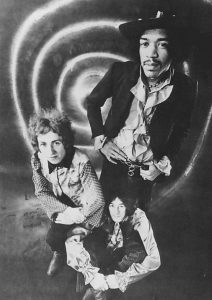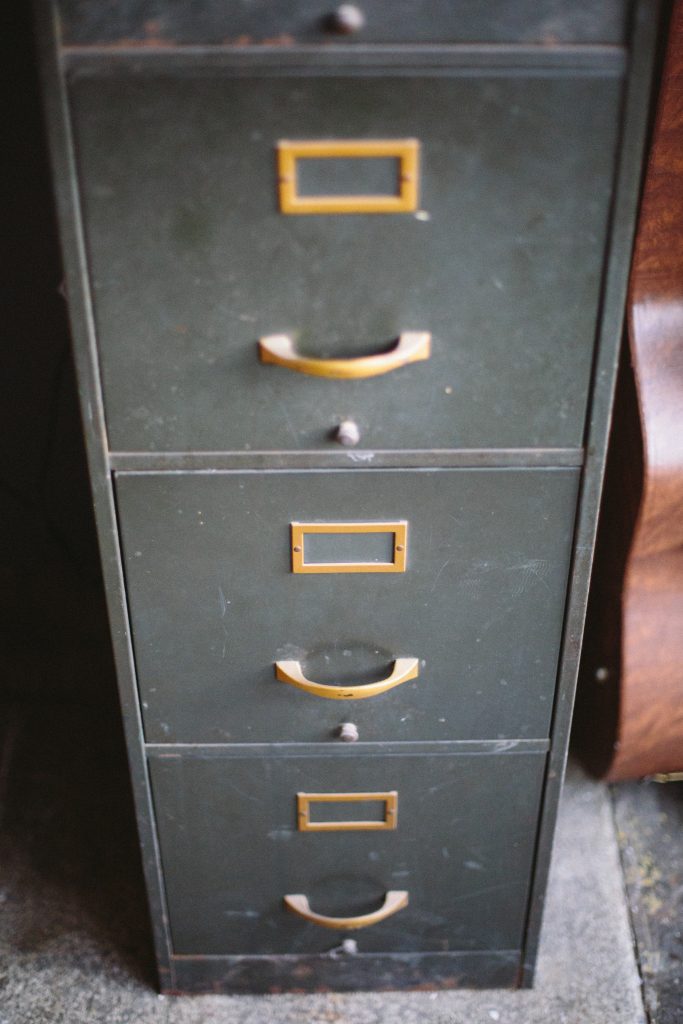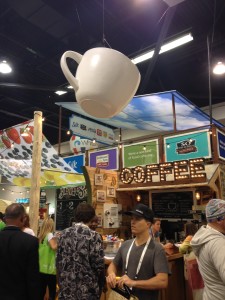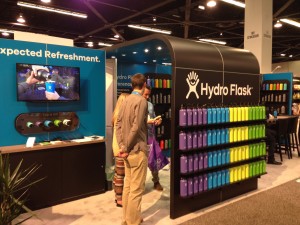Cold Calling Blues
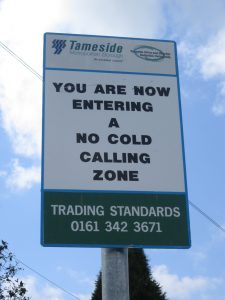
When it comes to sales, you are in charge. Nothing happens in a business until a sale happens. Without the sale, nobody in the company is asked to build or provide anything to a client. Nobody is able to send out an invoice or bill. No money comes in, no bills get paid, no employees get paid. So until a sale happens, whether it’s on the street, in the store, online or at a tradeshow, nothing happens.
This was one of the first lessons I got when I moved away from talking into a microphone for a living to selling tradeshow exhibits. It puts a lot of pressure on ya! But it also opens doors to growth that you might not often recognize, or otherwise have in your life.
As a company owner at TradeshowGuy Exhibits, I’m responsible for many things – one of them is to bring in business: to make a sale. And frankly, it’s a competitive marketplace. There are a lot of good tradeshow companies, designers and fabricators out there. So, like any other company, we’ve tried any number of things: advertising in local and national publications, Google Adwords, sending out regular newsletters, soliciting referrals from current clients, blogging and other types of inbound marketing, social media outreach, walking the floor at tradeshows, gathering information on exhibitors to follow up later…and cold calling.
But, you say…Isn’t cold calling a good way to bug people? To interrupt them? To intrude upon their busy day? After all, in this online world, if people want to find what you’re selling, shouldn’t they be able to do it online? Certainly, but since being online in a crowded world isn’t perfect, businesses need to be able to reach potential buyers directly.
And that means cold calling.
Frankly, I’ve never been a big fan of cold calling for a number of reasons, but as my Sandler Sales trainer keeps telling me, “You don’t have to like it you just have to do it.” And with better tools and more effective questions, it becomes easier. And, as with any other selling method, it can bring in business.
In the past 30 days of cold calling I’ve uncovered several leads for potential projects. I’ve even found half a dozen people that told me “you should have called a couple of weeks ago!” as they just made a deal for a project.
Which tells me a number of things:
- Businesses are buying
- Every business is in a different situation and you might be exactly what they’re looking for
- If you use cold calling as part of your selling strategy, as in any part of your strategy, you’ll continue to uncover leads
So to bring this around full circle and relate it to tradeshow marketing, it’s worth doing. Your audience – your potential clients – are all in different situations. Some may have just purchased exactly what you’re offering. Others may not need your services for another year or more. But some will be in the perfect sweet spot where their needs match up with your product, service and capabilities.
Get the free report “7 Questions You’ll Never Ask Your Exhibit House”


